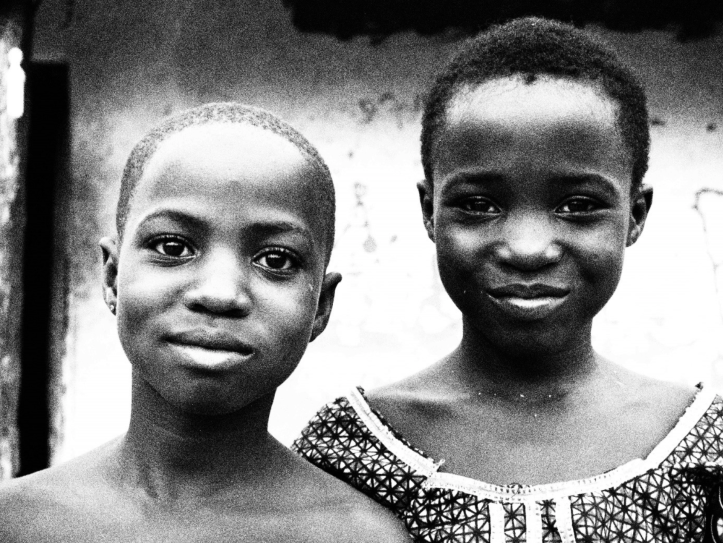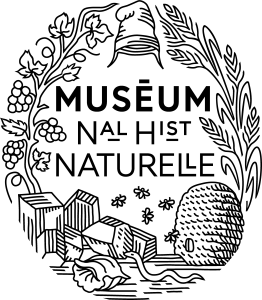All pictures in this article were taken by the author, Rhodea Neau.

As soon as we got off the plane, the suffocating heat leaps towards us and sinks its claws into our clothes. There is nothing like the feeling of sticking sweat and itching dust on our skin. All three of us left Paris free of these unpleasant details. We drive through the night to our hostel and the smell of kerosene fills the air – we are glad to be here finally. In Togo.
Edoh takes us to have dinner. A set of plastic chairs and a couple of Nestlé-branded tables punctuate the street side of the cafeteria where we decide to stop. A young boy appears from behind the counter over which a few men are leaning eager to see what kind of music clips the large TV has to spit out. We eat, a grin of doubt on our faces when the tomato-sauce spaghetti arrives swiftly at our table. I must admit that with all the advice we received before leaving, we grew a very long list of strong apprehensions.
We leave the cafeteria, ready to embrace Lomé the next day but the hardest part awaits us as we spend our first night panting like thirsty stray dogs, naked on our beds with makeshift mosquito nets hanging from the dim light of a huge lightbulb.

Lomé is full of an ochre dust and uneventful; we can’t wait to see Bassar the next morning. The bus station is a world of its own. Faceless and countless acrobats are loading the small vans all around us, always finding a frail balance on top of the goods to catch the packages they throw: plastic chairs, mattresses, motorcycles, scrap iron, wood furniture… Finally, the bus driver arrives, and we can get going. Six long hours later we are in Bassar, exhausted but thrilled to be almost there. We get onto taxi bikes and enjoy the small town before packing one last time to find our final destination: the farm also known here as the CPAD (Centre de Promotion de l’Agriculture Durable). The place is small but warm. I understand we are meant to feel at home straight away. Yet, oh boy! Does it still need work. The “garden” where Kasta, Arouna and Arrafat plant, the three poured-concrete buildings for the animals and the blue-and-white huts where the white visitors sleep. The heart of the farm though is an old mango tree behind the families’ quarters, so lush and plentiful that its fruit can be easily picked by the children of the neighboring village of Inaba.
We are cordially welcomed and quickly begin the work. My companions in the fields, and I in the bush trying to find decent pastures for the few sheep they own. The hardest is to try not to trip over the mounds of yams punctuating the landscape among the burnt, empty fields of incinerated trees, reminiscent of past life. Next door to us, competing for the same resource are the Fulani pastors and their cattle, suffering from the scarcity of pastures and clean water during the dry month of March. It didn’t use to be like this, I was told. The rain used to fall from the high skies as early as the end of February. Nowadays, it will come in April , but that’s a long way away.
Life starts to feel humdrum between the farm-work and the early nights spent playing Tarot cards with the other French interns. Tiredness makes us fall into our beds fairly early, but the heat prevents us from catching our fleeting sleep – at least a deep enough sleep that would hold through the night.
5:35 a.m. The alarm goes off as I drag myself out of bed to feed, one after the other, the chicks and the pigs before getting ready to face the scrubland once again under the scorching midday sun.

Soon after our arrival, we are invited to celebrate a funeral in the neighboring village. Quelle fête! Women, men and children alike sing, clap, run around, and dance and move to the beat of the drums. The party is of a thousand colors as the women display their best ensemble, their fairest jewelry and the latest handbags en vogue in Europe.
The young and old together celebrate the family of the deceased uncle, and dance for three full days while the fourth and final day is spent eating and chatting with relatives from other villages. On that day, I approach a few women and get them to sit for some photos. The old lady stays humble in front of my lens while the kids push their way to the front to be the main character of the portraits. We exchange in a mix of apprehension and curiosity – not really understanding what the Other wants from us. After a while, young mothers hand me their babies to get their picture taken and look in awe at the black-and-white representation of their younger ones, giggling between themselves at the clumsy white visitor.
The town’s streets are full of children running after us – Yovo, yovo bonsoir! as we wave back politely. And the urban activity never seems to cease. 10 p.m. and still the street sellers are haranguing the crowds while motorbikes are rushing to the main petrol station for the next morning; blue, red, yellow lights everywhere: why not a Beaumont beer to keep the night young? When we leave the bar, the ewes and the dwarf goats have already settled on the side of the road for the night. Gently some parts of Bassar are slowing down but the music will roar for the rest of the night.

This article was written by Rhodea I. Neau, a Master’s student in the Museum’s Environment: Natural and Social Dynamics (GEODEP/ EDTS) specialization.
